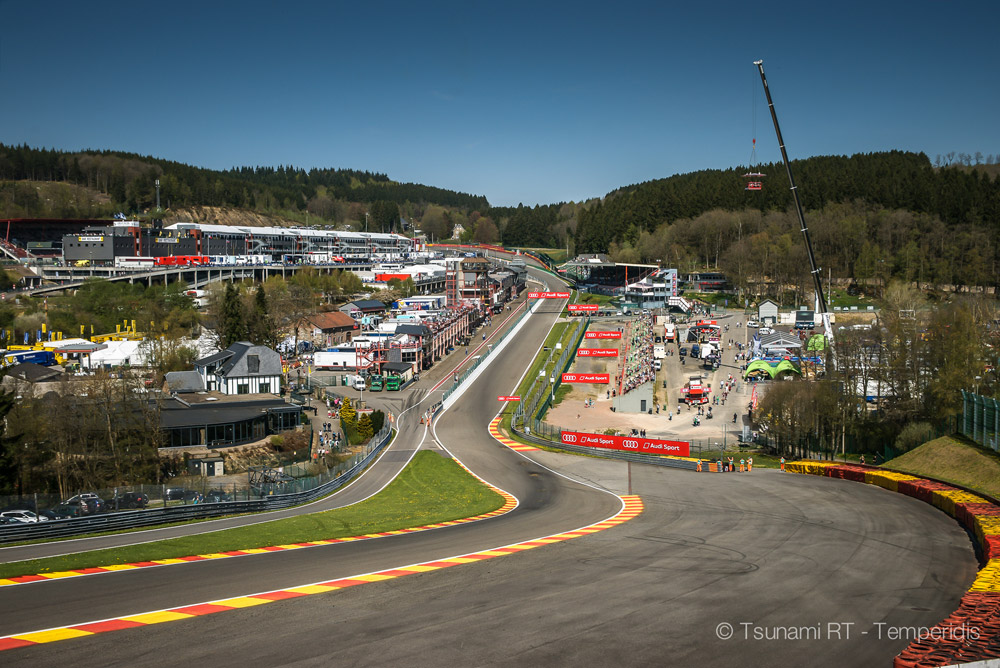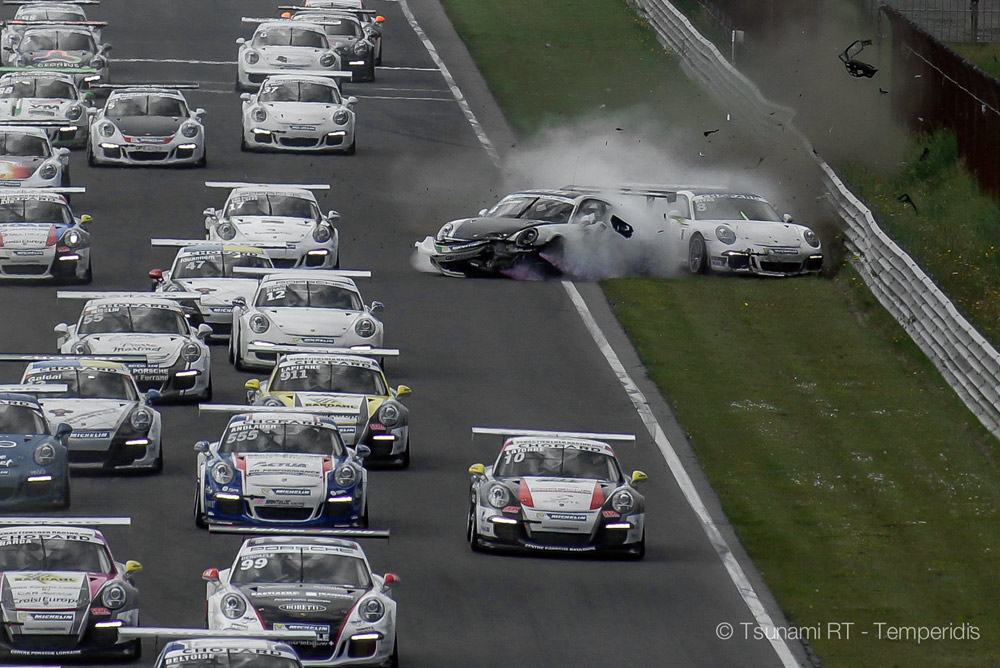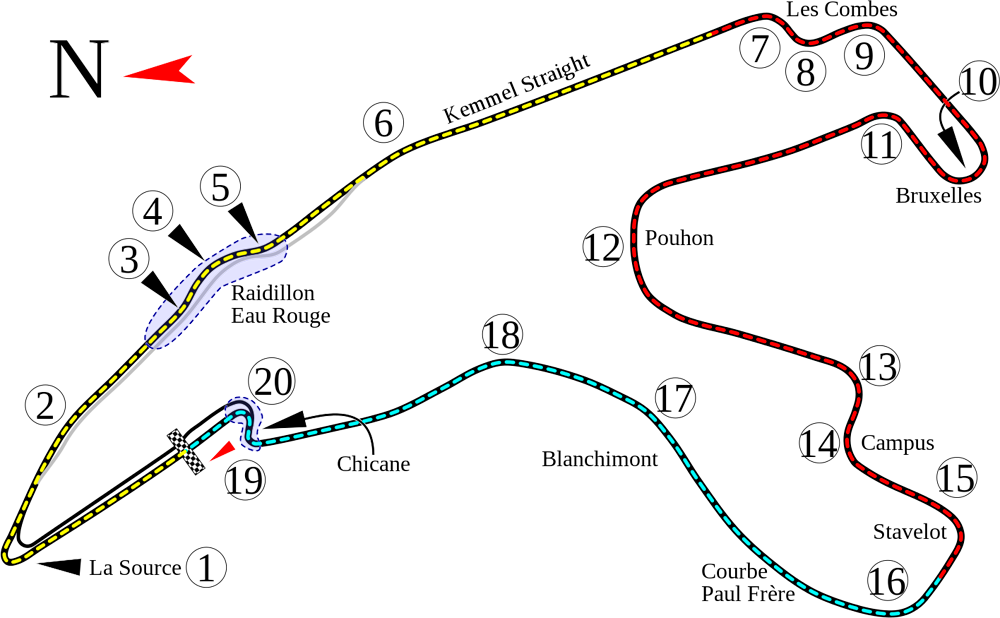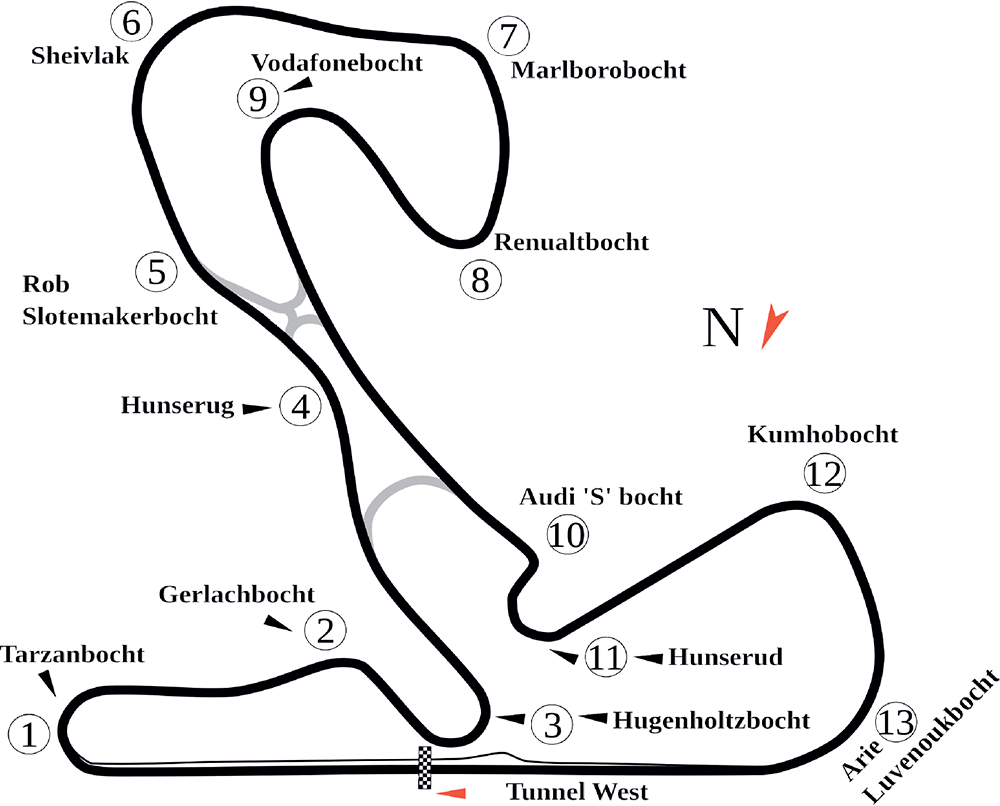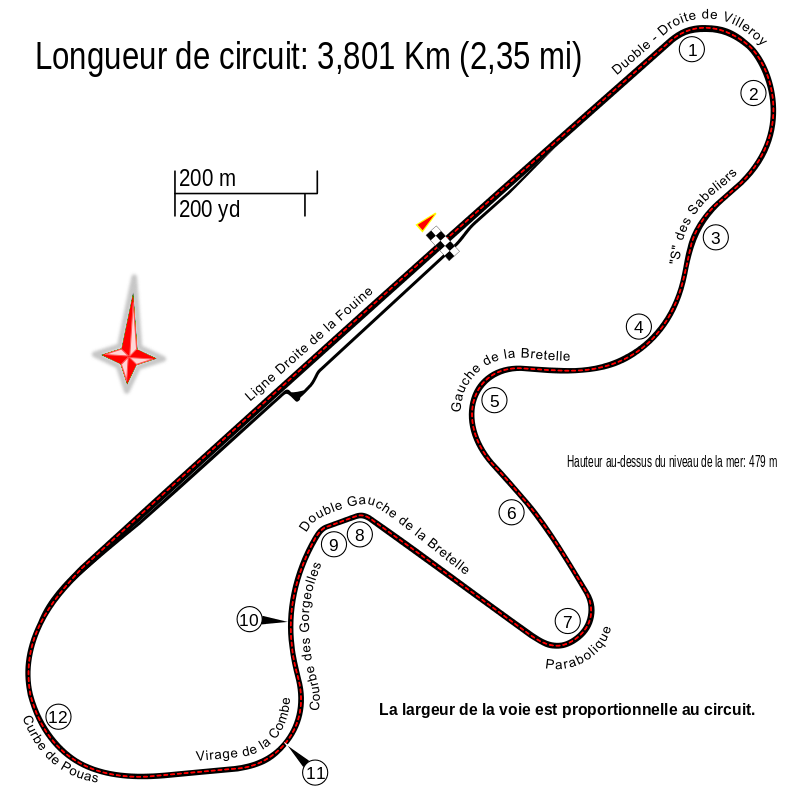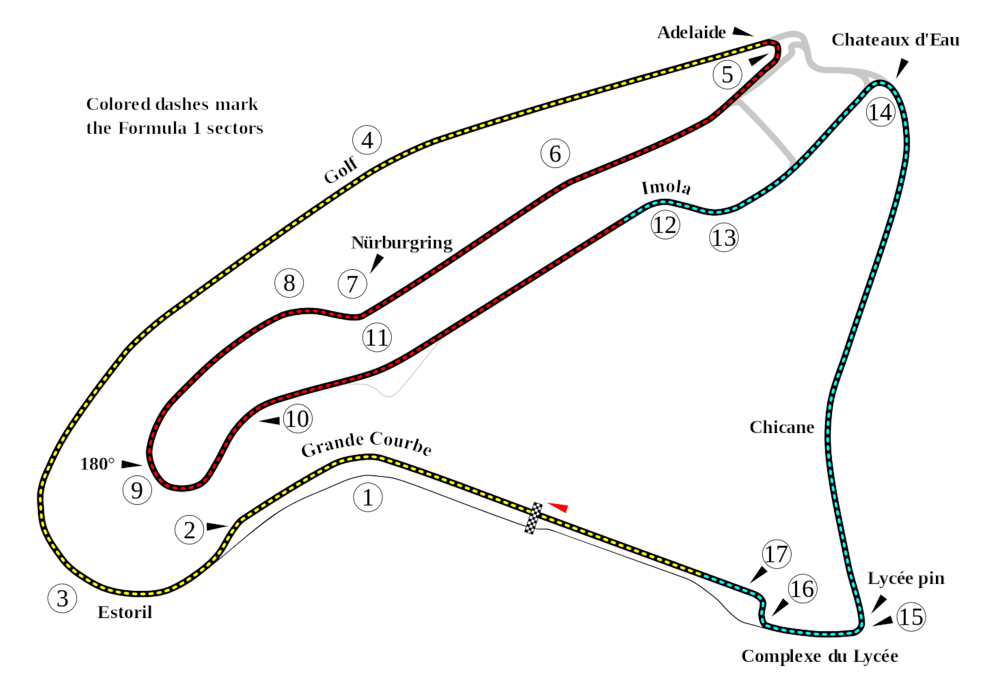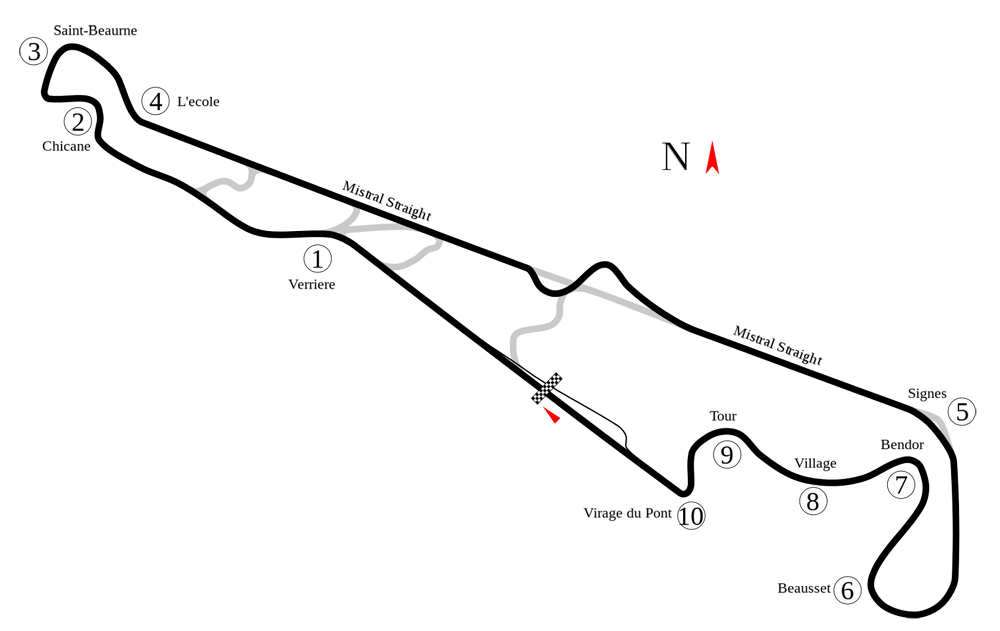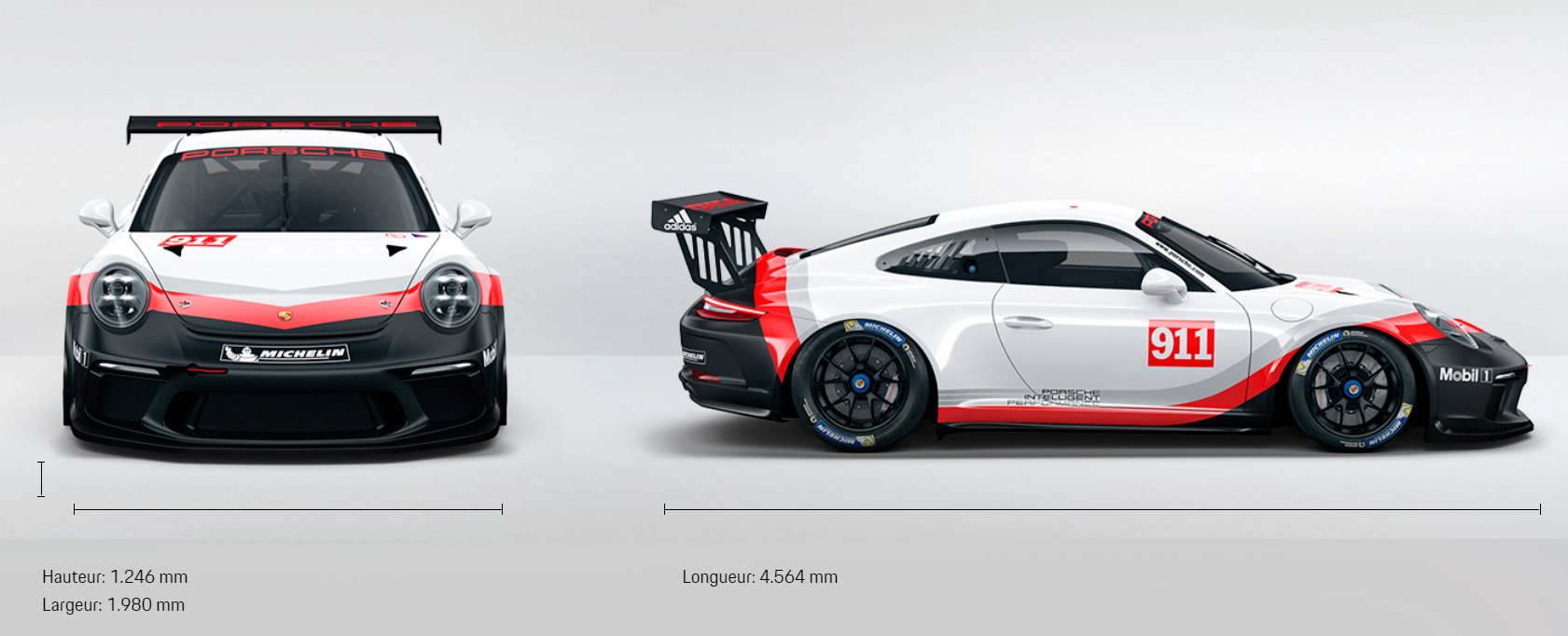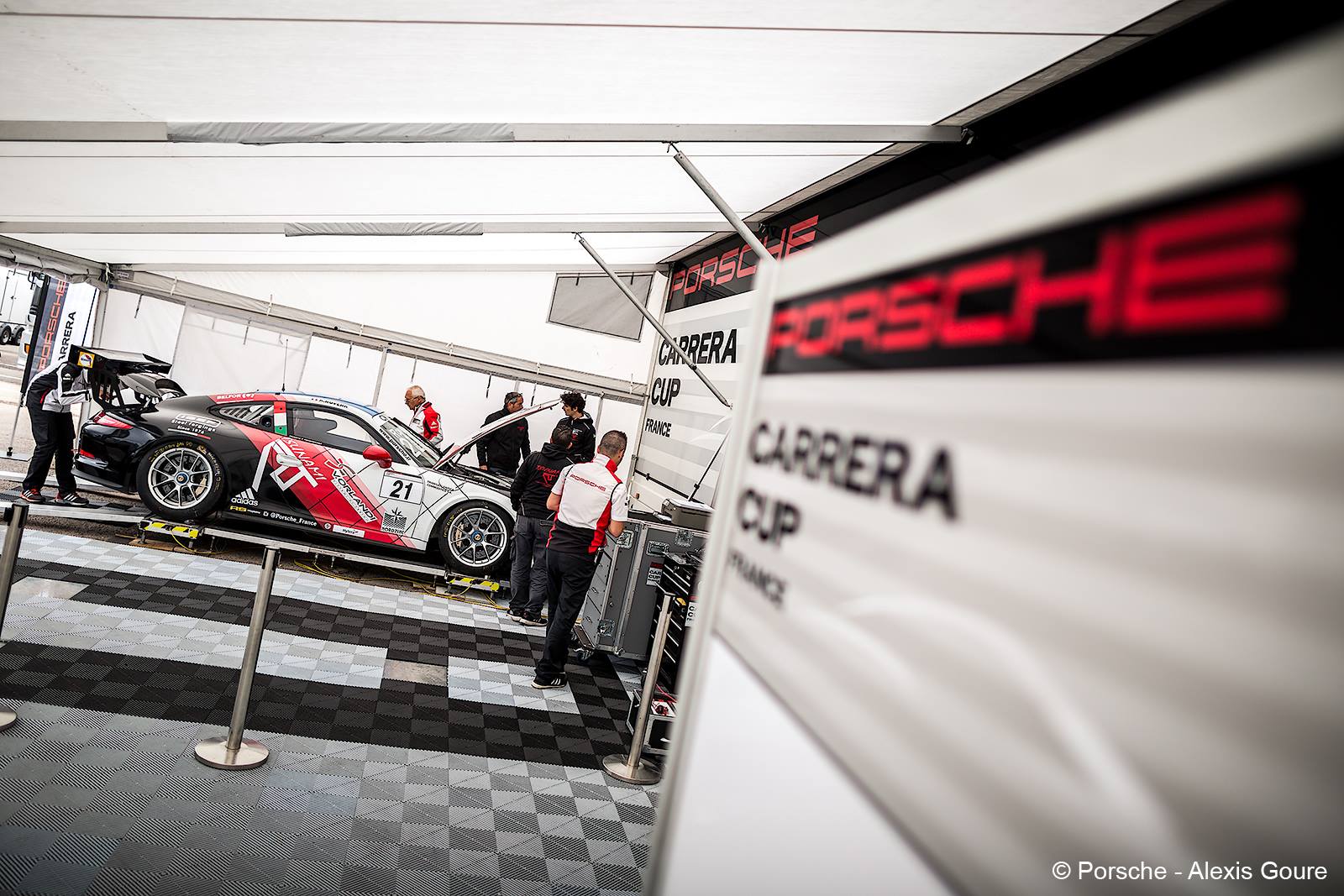In a little while the Porsche Carrera Cup France participants will gather for the preseason tests on the Magny-Cours track. It means that it's time to tell about the series and what are the rules of the game.
Not to make you study sixty pages of PCCF Regulations, we offer a digest that will let you follow each race of this exciting series with particular interest.
HOW IT WILL HAPPEN
Porsche Carrera Cup consists of 6 rounds, two races each. So, we have six breathtaking racing weekends ahead of us, each consisting of the following parts:
- two free practices;
- qualification session;
- two 30-minute races;
- spectacular performances of the Tsunami RT drivers Alessio Rovera and Mark Nichol and their competitors.
WHAT WE COMPETE FOR
All the drivers who will line up on the start participate in the absolute classification. Qualification points to carefully put in the collecting box are attributed according to the results of each race. At the end of the season the driver with the most points totally from all the rounds will be declared the Porsche Carrera Cup France Champion.
Apart from the absolute classification, freshers can participate in the Rookie classification. We will be taking a lively interest in the Division B classification, also called the gentlemen drivers' classification, where amateur drivers compete with each other. Don't think that they are not good drivers: they are called amateurs because they earn for a living not with racing. You will testimony supreme driving skills of gentlemen drivers watching any race – these drivers usually go up against professionals.
A separate Champion's title exists for the Division B, that means that every gentleman driver (including our Mark Nichol) will get the points also in a separate classification, apart from the competition for the result in the absolute classification.
Of course, there is also the team classification that takes into account the results of our both drivers.
"There is more to come", as the well-known ad says. France-Benelux Trophy will be played among the PCCF participants according to the results of the three events – on the tracks of Spa, Zandvoort and Paul Ricard.
WEEKEND – BEFORE THE RACE
Each competition starts from the two 40-minute training sessions.
Then the competitors begin their qualification rounds. Usually qualification is divided into two parts – for the first and for the second race. However, the series rules allow one common round too. It is not necessary to start simultaneously at the qualification, and the number of laps passed can be different; the main thing here is to show the best lap time. The competitors line up on the starting grid according to the qualification results, start up the engines... and...
START!
From this moment the drivers will try to overrun those who drive ahead, not to give way to those who attack them from behind, not to flow off the track (fraught with a car damage) and not to cut off turns intentionally (referees penalize for such violations adding seconds to the driver's result) within 30 minutes.
Overruns are forbidden, if the referees on the track wave with yellow flags or if a safety-car appears in front of the peloton. In this case, as a rule, all the vehicles on the track begin to draw sine waves for not to let tires cool down due to the reduced pace.
In 30 minutes a referee on the pit wall begins to wave with the checkered flag. The driver who passed through such a flag first, rises on the highest step of the prizing podium, douching lavishly with champagne and receives applauses, respect and qualification points.
По истечении 30 минут судья на пит-волле начинает махать клетчатым флагом. Тот пилот, который быстрее всех проехал мимо такого флага, поднимается на верхнюю ступеньку призового подиума, обильно поливается шампанским и получает аплодисменты, респект и зачётные очки.
THE OUTCOME OF THE MATTER
Qualification points in each race are assigned for the first 15 places according to the following scheme: 20-18-16-14-12-10-9-8-7-6-5-4-3-2-1 (20 points for the first place, 18 – for the second, and so on).
1 additional point is assigned for the pole position (the first place on the starting grid got by the driver who had won the qualification).
One more additional point is assigned for the fastest lap in the race.
At the end of the season all the points will be summarized, and the champion will be defined. If several drivers score equal number of points, the number of races won throughout the season will be a decisive criterion.
WHERE WE GO
WHAT WE DRIVE
Technical Regulations of Porsche Carrera Cup France is a weighty folder of sheets that tell us as follows:
- drivers compete with Porsche 911 GT3 Cup, type 911 II vehicles of 2017 and 2018 model years;
- vehicles with the same colors differ by the color of mirrors. Alessio Rovera will have red mirrors, and Mark Nichol – the gold ones.
If you are interested in all the technical details, you can find all the information here:
Engine:
Aluminium six-cylinder rear-mounted boxer engine.
Sealed.
3,996 cm3; stroke 81.5 mm; bore 102 mm
Maximum power: 357 kW (485 HP) at 7250–8000 rpm
Max. rpm: 8,500 rpm
Water cooling with heat management for engine and gearbox
Four valves per cylinder
Direct fuel injection
Required fuel quality: minimum 98 octane, unleaded
Dry-sump lubrication
Electronic engine management (Bosch MS 4.6 NG)
Minimum driver weight is 90 kg and consists of the following categories:
- driver + his burden of responsibility before the team
- personal driver's equipment as during weighing (clothing + helmet + FHR system)
Noise produced by the vehicle should not exceed 105 dB (А),
Race exhaust system with regulated race catalytic converter
Electronic acceleration pedal
Porsche six-speed sequential dog-type gearbox.
Brakes:
Two independent brake circuits with brake pressure sensors
for front and rear axle, adjustable by the driver via brake balance
system. Derivative sensors and harness for retrofitting an ABS system.
Front axle:
Six-piston aluminium racing calipers in mono-bloc design with
"anti-knock-back" piston springs.
Ventilated and grooved steel brake disc 380 mm diameter with
aluminium disc bell.
Racing brake pads.
Rear axle:
Four-piston aluminium racing calipers in mono-bloc design with
"anti-knock-back" piston springs.
Ventilated and grooved steel brake disc 380 mm diameter with
aluminium disc bell.
Racing brake pads
Wheels:
Front axle:
Single-piece light-alloy rims according to Porsche specification and design with
center lock, 10.5J x 18 ET 28
Treaded Michelin transportation tires; tire size: 27/65-18
Rear axle:
Single-piece light-alloy rims according to Porsche specification and design with
center lock, 12J x 18 ET 53
Treaded Michelin transportation tires; tire size: 31/71-18
Michelin tires:
Slick tires:
Front: 27/65 R 18 Porsche Cup N2#
Rear: 31/71 R 18 Porsche Cup N2
Rain tires:
Front: 27/65 R 18 P2L
Rear: 31/71 R 18 P2L
At each race event for the duration of the event, a maximum number of 8 slick tires and 8 rain tires for each vehicle are provided. For the entire 2018 season, 6 additional tires per car (starting number) can be registered as "jokers". These tires can be either slick or rain.
Ground clearance:
For the entire duration of the race event the ground clearance of the front axle is to be a minimum of 78 mm and the clearance at the rear axle a minimum of 100 mm.
Failure to reach the minimum height during the qualifying session will be penalized with the cancellation of the times achieved by the driver concerned. The driver is allowed, however, to take up the race from the last place on the starting grid.
Failure to reach the minimum height in the race will result in disqualification from the points classification for the race.
Let's have a closer look. Season of 2018. Porsche Carrera Cup France. Alessio Rovera and Mark Nichol are a part of Tsunami RT team. Don't miss it!





